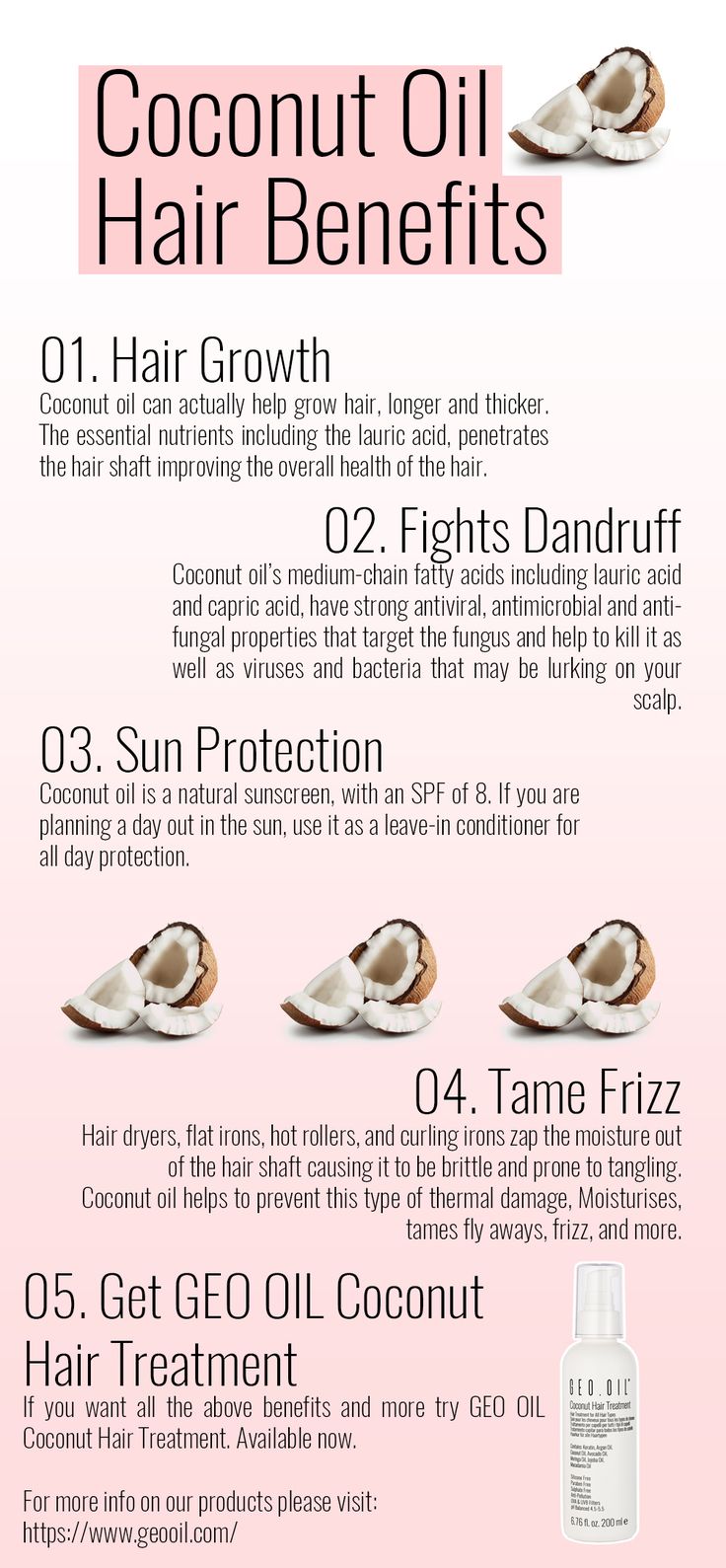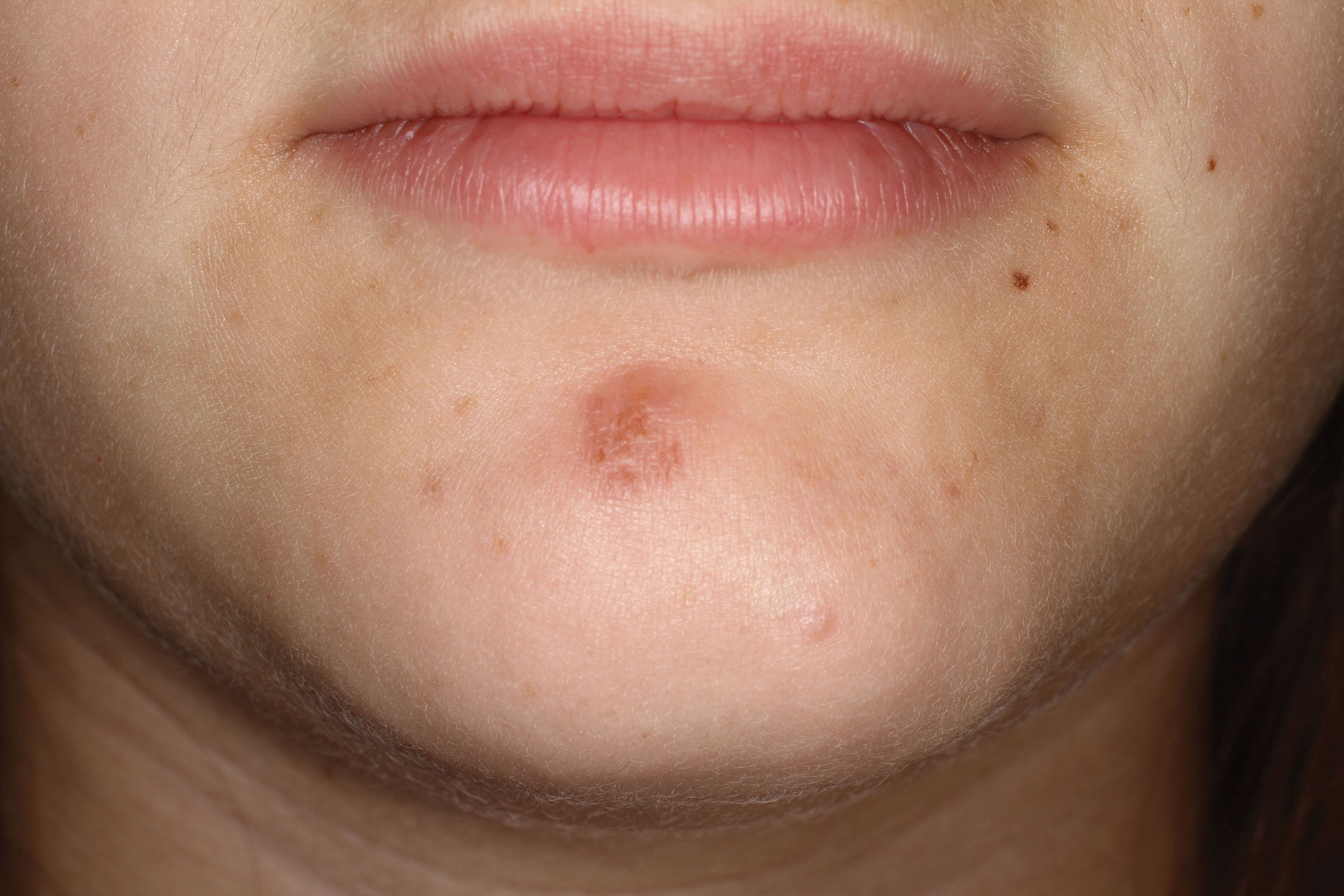Biofilm Definition Dental: Understanding Its Impact
The complex world of oral microbiology has unveiled the significance of biofilms in dental health, a concept that has been extensively studied and debated among researchers and practitioners alike. At its core, a biofilm is a community of microorganisms that adhere to and grow on a surface, embedded in a protective, self-produced matrix of extracellular polymeric substances. In the context of dental health, biofilms play a pivotal role in the development of various oral diseases, including caries, periodontal disease, and peri-implantitis.
To grasp the implications of biofilms in dental health, it’s essential to delve into their structural and functional composition. Biofilms are not merely a collection of microorganisms; they are complex ecosystems with a defined architecture, comprising different layers and compartments. The outer layer of the biofilm is typically composed of planktonic bacteria, while the inner layers are characterized by a dense network of bacterial cells and extracellular matrix. This matrix, composed of polysaccharides, proteins, and DNA, provides a protective shield against environmental stresses, antimicrobial agents, and the host’s immune system.
The formation of biofilms on tooth surfaces is a multifaceted process, involving the initial adhesion of pioneer bacteria, followed by the accumulation of other microorganisms and the development of a mature biofilm. This process is influenced by various factors, including the surface properties of the tooth, the composition of the oral microbial community, and the availability of nutrients. The dental plaque, a biofilm that forms on the tooth surface, is a classic example of a biofilm in the oral cavity. It is composed of a diverse array of microorganisms, including Streptococci, Actinomyces, and Fusobacteria, which work in concert to break down dietary carbohydrates and produce acid, leading to tooth decay.
The impact of biofilms on dental health is multifaceted and far-reaching. On one hand, biofilms can contribute to the development of oral diseases, such as caries and periodontal disease, by creating an environment that favors the growth of pathogenic microorganisms. On the other hand, biofilms can also play a role in the maintenance of oral health, by providing a protective barrier against environmental stresses and promoting the growth of beneficial microorganisms. The balance between these two opposing forces is delicate, and shifts in the oral microbial community can have significant consequences for dental health.
One of the most significant challenges in the prevention and treatment of oral diseases is the resilience of biofilms to antimicrobial agents and host immune responses. Biofilms are notoriously difficult to eliminate, due to their complex structure and the protective properties of the extracellular matrix. Traditional approaches to oral hygiene, such as brushing and flossing, can help to reduce the formation of biofilms, but are often insufficient to completely eliminate them. As a result, there is a growing interest in the development of novel strategies for the prevention and treatment of biofilm-related oral diseases, including the use of antimicrobial peptides, enzymes, and nanotechnology-based approaches.
In conclusion, the concept of biofilms in dental health is complex and multifaceted, reflecting the intricate interplay between microorganisms, host factors, and environmental influences. By understanding the structure, function, and impact of biofilms, researchers and practitioners can develop more effective strategies for the prevention and treatment of oral diseases, and promote a healthier, more balanced oral microbial community.
Expert insight: The development of biofilm-targeted therapies, such as antimicrobial peptides and enzymes, holds great promise for the prevention and treatment of oral diseases. However, further research is needed to fully elucidate the mechanisms of biofilm formation and resistance, and to develop effective strategies for the elimination of biofilms in the oral cavity.
Current Research and Future Directions
Recent advances in our understanding of biofilms have highlighted the importance of considering the oral microbial community as a whole, rather than focusing on individual microorganisms. This holistic approach has led to the development of novel therapeutic strategies, including the use of prebiotics, probiotics, and synbiotics, which aim to modulate the oral microbial community and promote a healthy balance of microorganisms. Additionally, the use of nanotechnology-based approaches, such as nanoparticles and nanostructured surfaces, has shown promise in the prevention and treatment of biofilm-related oral diseases.
| Therapeutic Strategy | Mechanism of Action | Benefits |
|---|---|---|
| Antimicrobial peptides | Inhibit biofilm formation and disrupt existing biofilms | Effective against a wide range of microorganisms, including antibiotic-resistant strains |
| Enzyme-based therapies | Break down extracellular matrix and disrupt biofilm structure | Targeted approach, minimizing harm to host tissues and beneficial microorganisms |
| Nanotechnology-based approaches | Inhibit biofilm formation and disrupt existing biofilms through nanoparticle-mediated mechanisms | Highly effective, with potential for targeted delivery and minimal side effects |
Implications for Clinical Practice
The understanding of biofilms in dental health has significant implications for clinical practice, highlighting the need for a more holistic approach to oral health. Rather than focusing solely on the elimination of pathogens, dentists and hygienists should aim to promote a balanced oral microbial community, through the use of prebiotics, probiotics, and synbiotics, and by minimizing the use of broad-spectrum antimicrobial agents. Additionally, the development of novel therapeutic strategies, such as antimicrobial peptides and enzyme-based therapies, offers new opportunities for the prevention and treatment of biofilm-related oral diseases.
What is the role of biofilms in the development of oral diseases?
+Biofilms play a central role in the development of oral diseases, including caries and periodontal disease, by creating an environment that favors the growth of pathogenic microorganisms.
How can biofilms be prevented and treated?
+Biofilms can be prevented and treated through a combination of good oral hygiene practices, such as brushing and flossing, and the use of novel therapeutic strategies, including antimicrobial peptides and enzyme-based therapies.
What is the future direction of research in biofilm-related oral diseases?
+The future direction of research in biofilm-related oral diseases will likely focus on the development of novel therapeutic strategies, including the use of nanotechnology-based approaches and the manipulation of the oral microbial community through prebiotics, probiotics, and synbiotics.
In conclusion, the concept of biofilms in dental health is complex and multifaceted, reflecting the intricate interplay between microorganisms, host factors, and environmental influences. By understanding the structure, function, and impact of biofilms, researchers and practitioners can develop more effective strategies for the prevention and treatment of oral diseases, and promote a healthier, more balanced oral microbial community.


